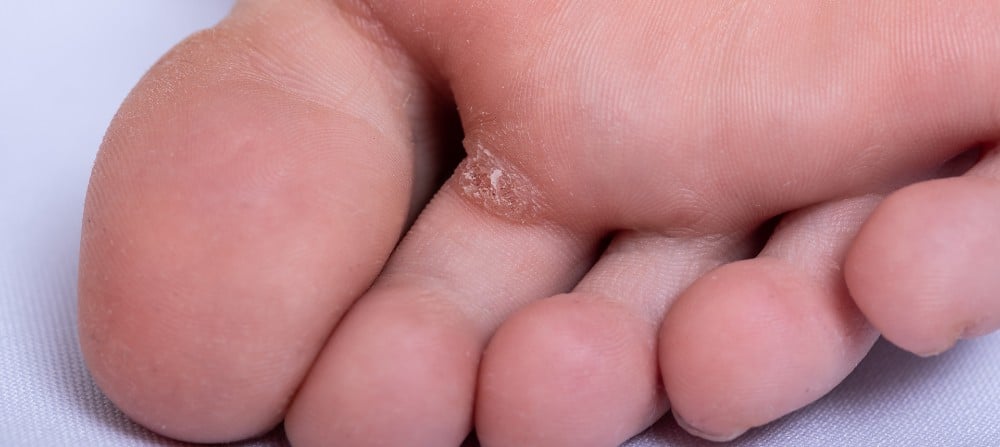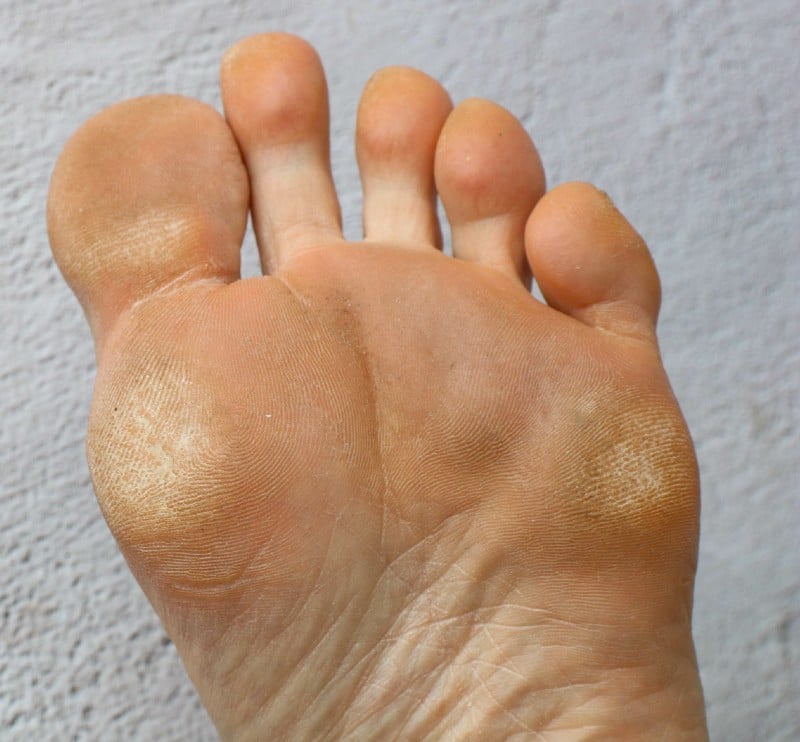All To Know About Plantar Warts
The mere thought of having a wart can be enough to make most peoples’ skin crawl, but these growths are actually rather common and often harmless. Plantar warts are named as such because they are found on the feet, typically in areas that experience pressure.
Learning more about these warts will help you understand where they come from and when to seek treatment from Dr. David Haddad at our Richardson, TX office.
Viral Infections: The Root Cause of Plantar Warts
The human papillomavirus (HPV) is the virus responsible for plantar warts. HPV has over 100 different strains and the majority of them do not actually lead to warts on your feet. Even when the outer layer of your skin is infected by one that does, you may or may not end up with a wart.
Basically, everyone’s immune system reacts differently to HPV, so one person will develop plantar warts from exposure to a particular strain, whereas the next person might not.
The transmission of the responsible virus does not have to be direct for an individual to be infected. For this reason, a common path to infection comes from walking barefoot in an environment where HPV thrives. That said, another means of transmission is coming into contact with a wart. This can happen when you touch a wart and then a different part of your body or when a parent is attending to a child’s plantar wart.
Plantar Warts Are Generally Harmless, But…
Whereas a plantar wart is typically a benign (harmless) growth, it can lead to pain when you walk or stand. If the pain or discomfort is substantial, it may cause you to alter your gait and such changes can potentially lead to joint or muscle issues.
If you have diabetes, you should already be using a daily foot check as part of your diabetic foot care plan. When inspecting your feet, take note of the development of any warts and schedule an appointment with our office when you find one. You do not want to risk this leading to a serious medical complication.

Know Your Wart Treatment Options
If you want to “wait out” a plantar wart, you can certainly do so. These growths usually go away on their own, without any treatment. The catch, though, is that this can take up to a couple of years. There are a variety of reasons for wanting to remove them—they are causing pain, you have diabetes, warts make you self-conscious, etc.—and, fortunately, we can help.
Now, you may be tempted to try home remedies—retail stores and nationwide pharmacies often have over-the-counter kits for sale—but these only work about half of the time (if even that often) and provide the risk of damaging healthy skin around the wart.
It is especially important not to try wart removal on your own if you are diabetic!
We cannot emphasize this enough, but do not attempt to remove a wart with “bathroom surgery.” Doing so puts you at unnecessary risk for infection and injury. Your best course of action is to simply let Dr. Haddad handle the problem for you.
Our office will work with you to ensure that your plantar warts are effectively and safely removed. Treatment options that we offer include prescription-strength topical medications and ointments, injections, and incisions.
On top of other methods, we are pleased to offer a different kind of wart treatment here at Richardson Podiatry Center – TransDermSolutions.
TransDermSolutions is an advanced treatment option that can effectively remove warts in just 24 hours, without needing to use needles, freezing, burning, or electrosurgery. This is a remarkable improvement over traditional forms of wart treatment, and especially the aforementioned over-the-counter kits.
In fact, Dr. Haddad was so impressed with the results provided by TransDermSolutions—and he’s been practicing podiatry for many years—that he simply had to offer it here at Richardson Podiatry Center!

Tips for Preventing Plantar Warts
Plantar warts are quite common and most people will develop at least one during the course of their lives, but there are still measures you can take to decrease the risk. These include:
- Do not walk barefoot in places where the wart-causing virus is commonly found. Since HPV can thrive in the warm, damp environments provided by pool decks and gym locker rooms, be sure to wear sandals and shower shoes in such areas.
- Avoid making direct contact with warts, including your own. If you do come into contact with one, carefully and thoroughly wash the affected site and your hands. Additionally, do not pick at a wart as doing so may spread the virus.
- Steps like changing your socks and shoes daily and keeping your feet clean and dry go a long way to keeping your feet wart-free.
If a plantar wart is causing you pain and discomfort, or you would rather not wait a couple of years for it to go away, contact Richardson Podiatry Center. Dr. Haddad will be happy to take care of the problem for you. Contact our Richardson, TX office by calling (972) 690-5374 or using our online form to request an appointment today.
